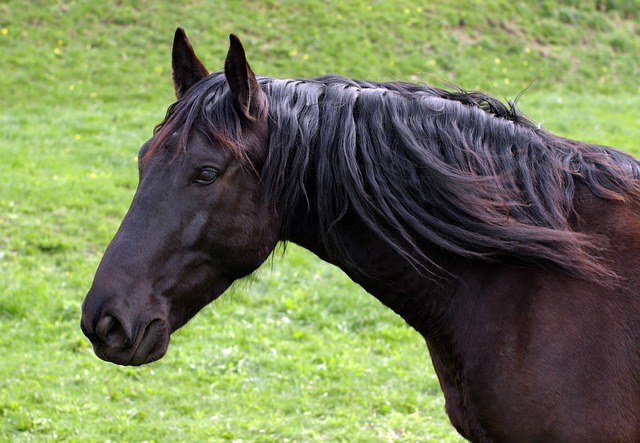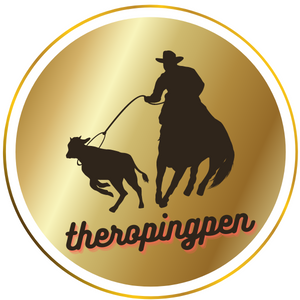Horses are rightly considered one of the most majestic and noble animals. Many centuries ago, our ancestors appreciated their beauty, grace, endurance and intelligence. But keeping a horse is no easy task. The horse needs care, it needs to be cleaned, bathed, and combed mane and tail. Competent forging is important no less experienced veterinarian. But general hygiene care is affordable even for a beginner horse.
CHOICE OF PLACES FOR CARE PROCEDURES
First of all, you should take care of the place in which it will be convenient for both the horse and the groom. In the warmer months, animal care is best done outdoors. In case of rain, an open canopy should be provided, and to clean and wash the horse in dry weather, you need to choose a plot of the yard in which the ground is covered with grass or there is some kind of coating on it (concrete, asphalt, slabs).
Thanks to this, the animal, shifting from foot to foot, will not raise dust, and the water used during washing does not form dirt. When the air temperature drops below 15 ° C, it is better to leave the horse in the stall or take out the stables in the aisle. First you need to open the windows or door to provide ventilation. But it is important to remember that you cannot create drafts.
It is important to observe safety measures when cleaning a horse! Care should be taken that the horse is frightened, does not run away and is unable to cause injuries to itself or to a person performing hygiene procedures.
TAIL AND MANE CARE EQUIPMENT
Before starting to care for the mane and tail of the horse, make sure that you have everything you need for this:
- special ridges with rare teeth for preliminary combing and untangling of hairs;
- a comb with more frequent teeth for combing out dust and dirt;
- natural bristle brush for final combing and smoothing of the mane and tail;
- special shampoo for washing mane and tail.
The last point deserves special attention. It is important to choose cleaning products designed specifically for horse care. Due to its composition, the hair is easy to comb, does not accumulate static electricity, and dirt and dust are easily removed from the surface of the hair.
CARE REGULARITY
The frequency of caring for the mane and tail is determined by physical activity on the horse. If the animal spends most of the time grazing or in the stall, one brushing daily is sufficient. But if the horse is to train, take long walks, take part in horse racing, etc., a thorough cleaning (including removing contaminants from the entire body of the animal with the help of scrapers and brushes) should be carried out twice: before and after physical exertion.
In the warm season, the procedure can be supplemented by swimming in natural ponds or under a hose. But it is important that the water is not excessively cold, and it is better to draw it from the wells. Chlorinated tap water can adversely affect the condition of the horse’s skin and coat if it is washed frequently or daily.
In the cold season, bathing should be abandoned – the removal of contaminants is carried out in a dry way, using scrapers and brushes. In exceptional cases, the animal can be washed, but only in a warm and draft-protected room with a tanning bed.
CARE AND TAIL CARE FEATURES
The mane and tail are the most striking “decorations” of the horse, but they need special care to maintain beauty and health.
The washing up. Before it, you need to carefully comb the mane and tail to remove dry grass, leaves and other debris from them. Having thoroughly moistened the horse’s “hair” with clean water, you need to apply the required amount of shampoo and distribute it along the entire length of the hair. Lightly massaging the strands, rinse the mane and tail with water until it becomes clean. If necessary, you can use a special conditioner, gel and other products.
Combing. The procedure for the mane and tail should begin with combing by hand. So you remove large fragments of grass, leaves and disassemble your hair into strands. After that, you can start combing with a comb. It is important to ensure that he has blunt, rounded teeth, without chips and nicks – they can cause horse discomfort and damage the skin. It should be combed in the direction from the tips to the base, in order to consecutively untangle the hair and not cause pain to the animal.
To give the mane and tail an extra shine, at the very end of the procedure you can use a brush with natural bristles, which smooths the hair and smoothes it. In order for the mane to lie beautifully and not tangled, you can use tamera clamps or special gels. The mane braided in braids or laid under elastic bands looks neat. There are many interesting hairstyles for horse manes and tails.
Before starting to care for the mane and hair of a horse, it is important to know the following:
- the animal should be in a good mood and not show signs of feeling unwell or anxious;
- hen moving around a horse, constantly keep one hand on it;
- never go behind the horse. When combing the tail, stand on the side of the hind leg of the animal and wash and comb, pulling the tail towards you.





Comments are closed.